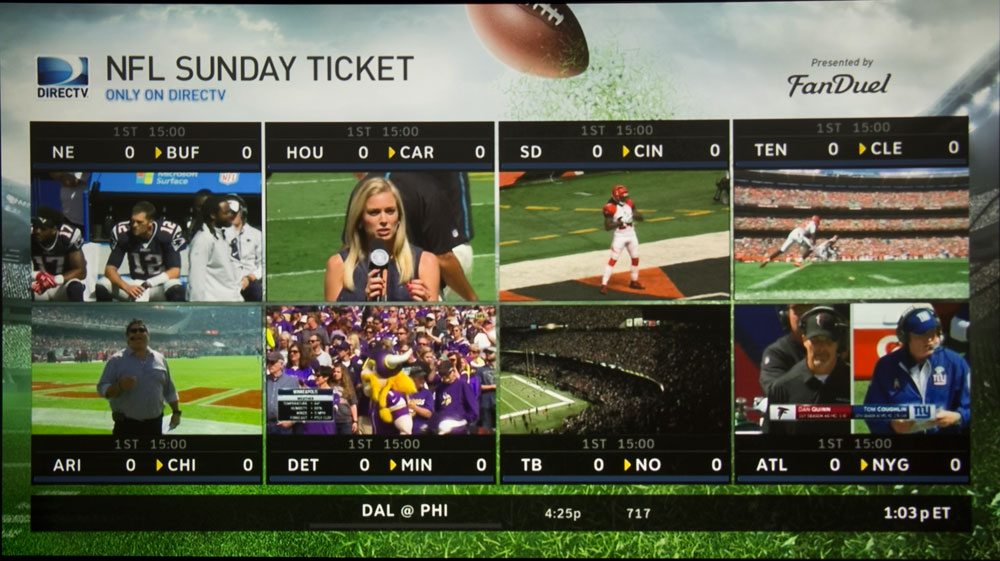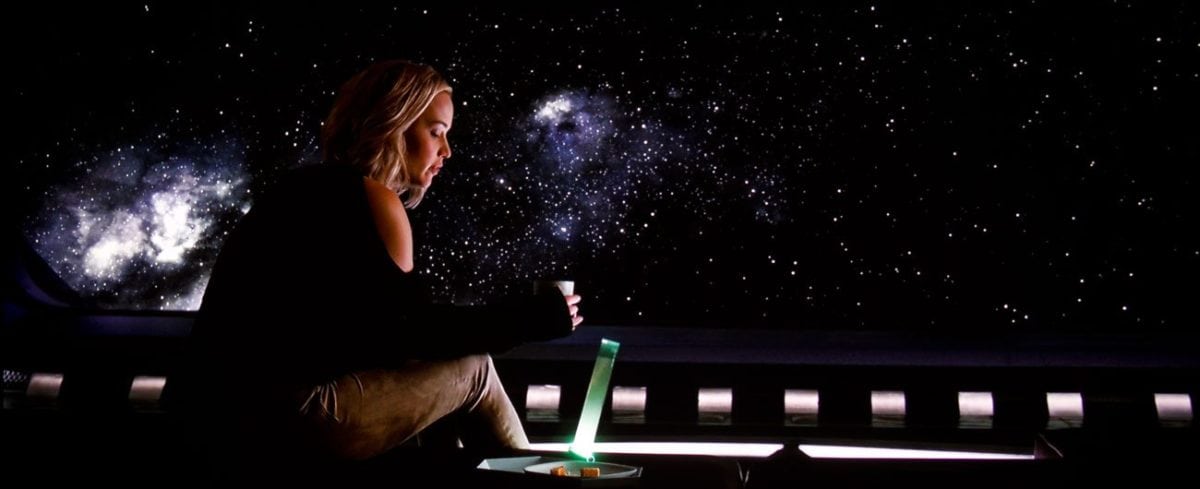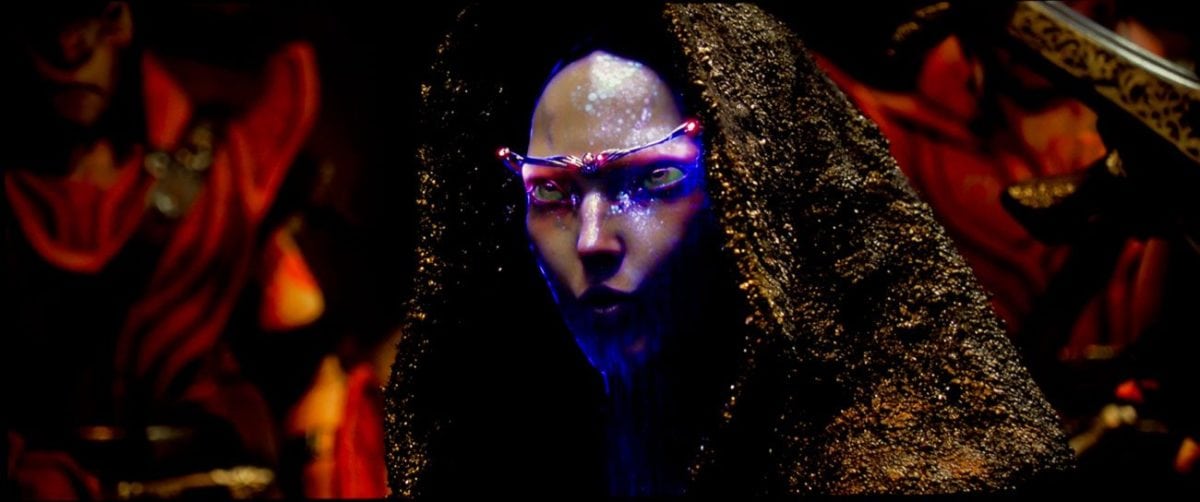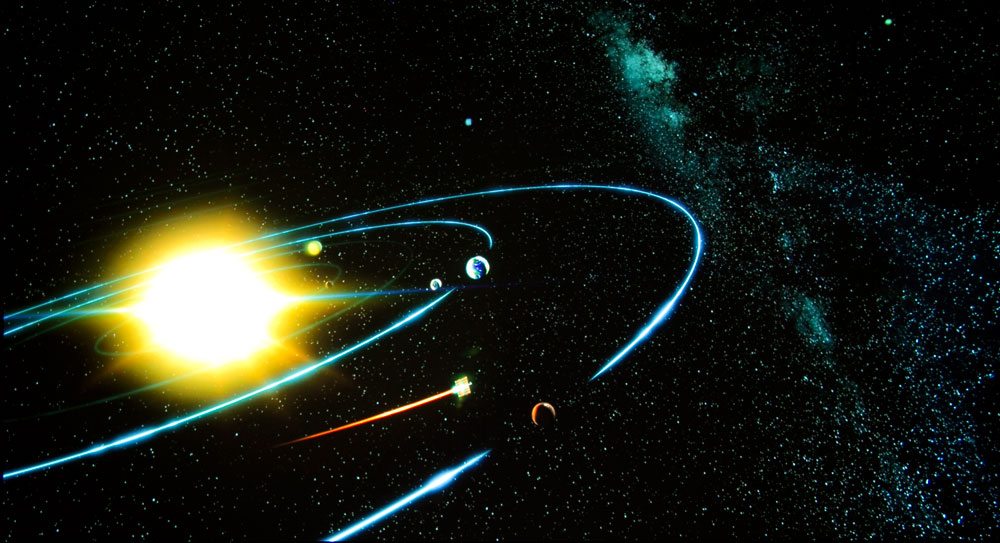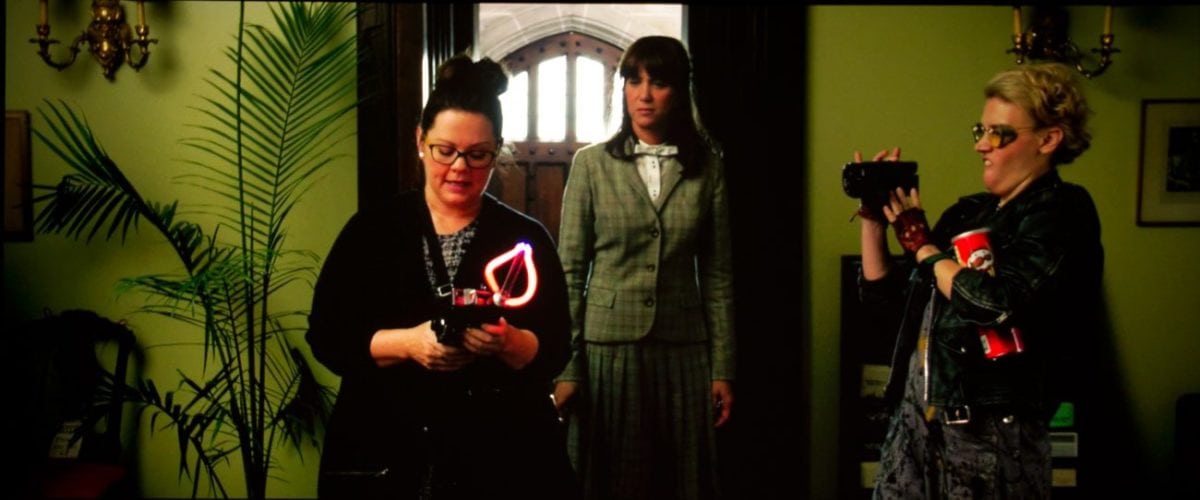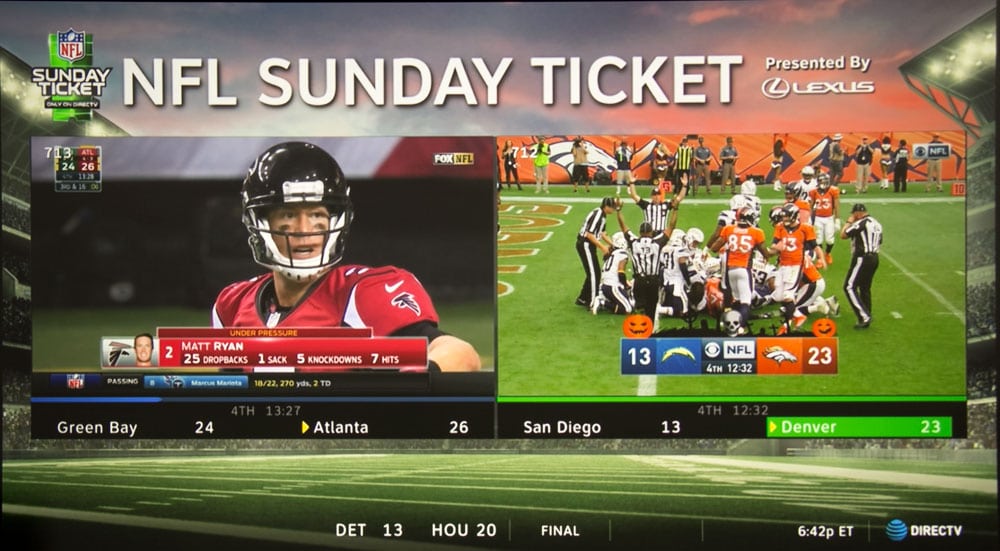This Acer VL7860, however, isn’t as bright as a couple of the others laser 4K UHD projectors, but it is also less expensive.
Feature wise, the Acer VL7860 has most of the home theater amenities that many of the 4K UHD projectors lack, but the Epsons, Sonys and JVCs all have. I’m talking things like CFI – aka “smooth motion” which Acer calls Accu-Motion. It also has a variety of color, image and sharpness enhancement options on the menus. It is certainly more suitable – feature wise, than the Dell, for home use, and even slightly better equipped (than the Dell) Optoma UHZ65.
Unfortunately, for a very small slice of us home theater people that are RBE sensitive (like me), the Acer seems to have a slow color wheel. I see lots of rainbows on the appropriate scenes.
While I can really recommend the Acer VL7860 to most people, (as the award indicates), the Rainbow Effect I see, eliminates me from considering this projector personally.
The good news is that vast majority of people (95%+?) out there are not RBE sensitive!
Of course, you can buy lamp based 4K UHD projectors (of the same native resolution as the VL7860 from under $2,000), but most are not as bright, many are missing standard HT features like CFI, and none can match the black level performance of the Acer. Without the benefits of a laser engine either, count them all as step down models in terms of performance, and color. Let's see what the competition looks like.
Not as bright as the Acer, is also the LG HU80KA, an interesting new 4K UHD projector with LED light engine, it could be a contender, with $1,000 lower list price, but LED not laser, and not as bright. The LG is being calibrated by Eric as I finish publishing this review. I should have my review up before the fourth of July – aka 3 weeks from now. One other way it differentiates from the Acer, despite the lower resolution 4K UHD DLP chip, is that it is a Smart projector, with all kinds of apps, etc. (think typical smart TVs like those LG makes).





